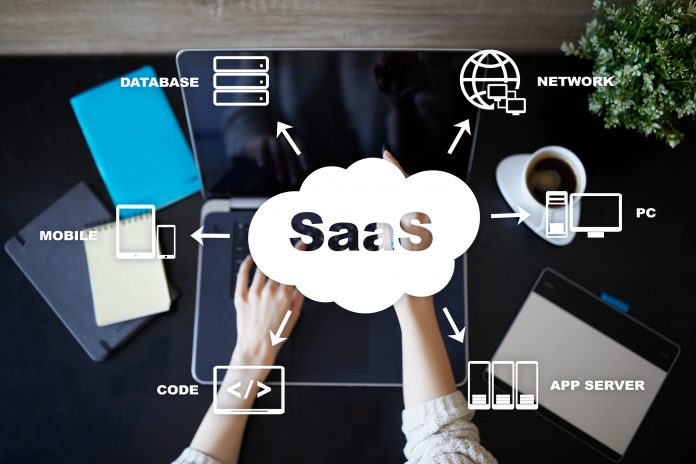Neil Kinson, Chief of Staff at Redwood Software, explores one of the advantages of Software as a Service (SaaS), particularly those it had in the early days of the COVID-19 pandemic concerning its ability to scale
Undoubtedly, one of the biggest advantages Software as a Service (SaaS) had in the early days of the COVID-19 pandemic was its ability to scale.
On short notice, companies sent their employees to work from home and had to make a large number of business processes exclusively digital. Those companies, using cloud resources, we’re able to make the transition more quickly than those without SaaS technology.
Being able to flexibly adapt resources and processes to changing conditions effectively meant business processes were more resilient in a time of crisis.
The headache of automation maintenance
The scaling of business processes is not the only advantage of SaaS automation tools. Upgrading workplace automation tools can be stressful and time-consuming. The user is often responsible for everything about them. In many cases, the user will be responsible for the full technology stack, including networking, storage, servers and operating systems through to automation data and client applications.
By maintaining automation systems on-premises, there is a lot of risk and downtime to contend with. As a simple example, a single update to some automation tools can require a chain of other updates to support it. First, the operating system needs an update, then the database driver, then each individually, and then the core system. This multiplies the effort, risk and downtime that an update involves. Worse still, automation users may have to make difficult choices along the way when important security patches are released for the OS or middleware that are not compatible with or are supported by the user’s automation tool. Should the vulnerability remain unpatched, or should a patch be applied and disruption be risked? No matter the decision, the user loses.
How SaaS automation works
With a SaaS based workload automation, the effort and stress of keeping a workload automation system updated can become a thing of the past. SaaS eliminates the effort and time spent updating and maintaining automation systems, which inadvertently reduces the risks and costs of operations. And upgrades are complete in a matter of minutes.
SaaS solutions do not require dedicated infrastructure. Therefore, there is no need to buy, license or deal with compatibility between hardware, OS, databases or middleware. Users do not need to install anything to use the system – everything is securely accessed through a web browser. And agents automatically update themselves everywhere. It all completes in minutes too.
Increased connectivity
Connectivity will also continue to grow as organisations’ reliance SaaS tools increases. With cloud infrastructures becoming increasingly diverse, especially with applications adding more layers of complexity, businesses will be looking to strengthen their infrastructure. This will be achieved by gaining deeper visibility across their IT estates, ensuring workloads have continuous access to required resources and running systems that connect and protect at scale, from on-prem to hybrid cloud configurations. This is in addition to using technologies such as machine learning to give customers tools to manage their ever-growing data lakes. This is where providers can step in to guide customers on their migration journeys.
COVID-19 increases cloud spend
Data from Synergy Research Group has indicated that enterprise spending on cloud services has risen significantly in the third quarter of 2020, and looks set to continue on an upward trend throughout this year. It points to COVID-19 driving changes in enterprise behaviour and speeding up the transition from on-premise operations to cloud-based services. Furthermore, Synergy found cloud services saw their growth rates bounce back noticeably, adding some three percentage points of growth to what would have been expected under normal circumstances.
In addition, Synergy found enterprise spending on cloud infrastructure services (IaaS, PaaS and hosted private cloud services) and SaaS reached $65 billion in the third quarter, up 28% from the third quarter of 2019.
The research showed workloads are being shifted to public clouds even more quickly than anticipated and hosted software apps are especially attractive for enterprises navigating their way through COVID-19.
Rapid adoption is also being helped by a plethora of hybrid cloud services which are helping to smooth the path towards greater usage of public clouds.
Looking forward to 2021
As we continue to work from home, employees are beginning to look at 2021 with some enthusiasm, buoyed by the fact that the UK has already started rolling out a mass vaccination program against COVID-19. There will of course be a period of adjustment before a new normal in business life is established. For companies wishing to maintain business as usual procedures SaaS technology gives them the peace of mind to run all operational activities effectively and digitally across a multitude of platforms.











